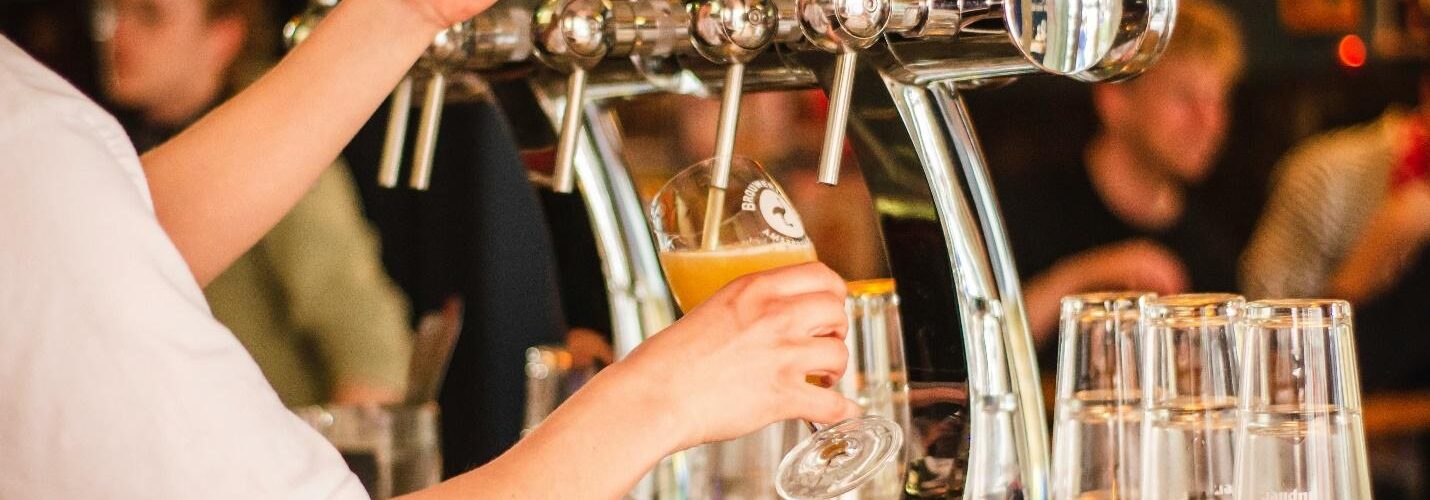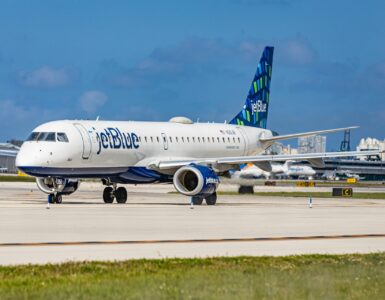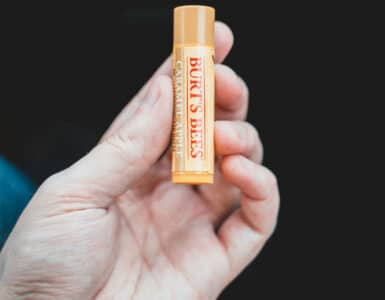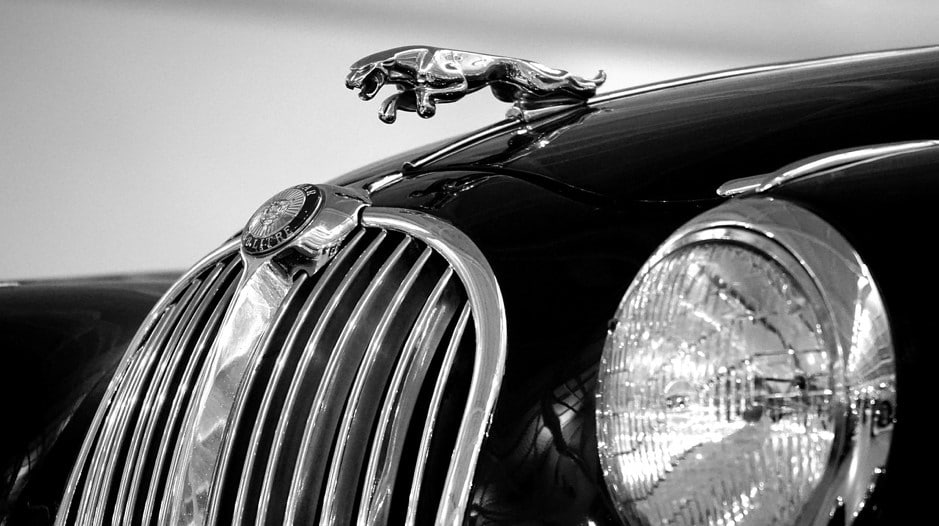Labatt Breweries originated in Canada and has been at the pinnacle of beer-making excellence for more than seventeen decades.
The company has always maintained its ode to delivering quality products and has remained steadfast in providing its communities with top-notch beer and other beverages. This is true wherever it operates worldwide.
Throughout the decades, Labatt has never strayed from its focus on transcending its customers’ expectations. In Canada alone, the company employs more than 3,300 people. When it first opened, the brewery only managed to manufacture up to 1,000 bottles yearly. However, today, it is an entirely different story.
Since another conglomerate, Anheuser-Busch InBev, acquired Labatt, equipping the company with multiple innovative resources, manpower, and technological prowess, Labatt now brews and sells up to ten million hectoliters of alcoholic beverages per annum.
This sheer output easily equals producing over 340 million bottles in Canada alone. In light of this, let’s examine who owns Labatt, its history, and why it remains one of the most important breweries in the world.
A Glimpse Into the Interesting Origins and History of Labatt Breweries
John Kinder first founded Labatt. After coming to Ontario in 1847, Kinder felt an overwhelming urge to enter the brewing business. He also wrote a letter to his wife stating that brewing beer was his calling and that he would like to pursue his dream.
In that same year, Kinder and his business partner acquired Simcoe Street Brewery in London, Ontario.
In 1855, Kinder and Samuel Eccles (his business partner) owned and operated the brewery and renamed it Labatt Brewery, launching what would become Canada’s biggest and most popular beer company.
But Kinder’s passion for beer brewing wasn’t the only thing that made the company successful. He was also a pretty shrewd entrepreneur. He was quick to capitalize on an opportunity, the Great Western Railway, which finished construction in the late 1850s.
Owing to a new mode of transportation, Labatt sought to expand its operations outside Ontario and successfully launched its beer brand in several cities such as Montreal, Toronto, and many others.
After a decade of beer brewing, the art and tradecraft became a staple within the Kinder family. Kinder’s son, John Kinder Jr., also got involved in the brewing business at a young age.
Apprenticing at another popular local brewery, Wheeling, John Jr., was located in the US. After returning from the US, upon the passing of his father in 1866, John Jr. picked up the mantle and spearheaded Labatt Breweries.
Like his late father, John Jr. also has a knack for business, and combined with his innovative approach to beer brewing using the technology of that time, he would embark on creating an award-winning recipe known as India Pale Ale.
In 1876, during the Dominion of Canada Exposition, an event organized in Ottawa, John Jr. was awarded a silver medal for his India Pale Ale recipe.
And for more than three decades after that, IPA would continue to win brewing competition on a global scale. Labatt was also among a handful of brewing companies at the time that were recognized by the world over.

Image credit: Yassine Khalfalli
Overcoming the Challenges of Prohibition in Canada
In the 1900s, Labatt was successfully a leading corporation within Canada with a powerful influence in the US as well. Shares in the organization were disbursed within the Kinder family, going to two sons and seven daughters.
However, in 1915, the company had to face an overwhelming challenge—Prohibition. In the same year, the Canadian federal government mandated a full ban on manufacturing and selling beer and any other alcoholic products throughout the country.
However, the Prohibition in Canada was levied from state to state – meaning that at first, alcohol production sale was banned in Saskatchewan (this included public bars). Then in 1916, the ban would occur in Ontario adversely impacting more than 60 prominent breweries in the city.
However, while there was widespread prohibition within the country, the government allowed breweries to export their products to the US, including distribution.
During Prohibition in Canada, Labatt exceeded expectations by manufacturing a new type of beer that comprised only 2% alcohol. These were known as temperature ales and were only sold in Ontario.
After the end of Prohibition in 1927, only more than two dozen breweries remained operational, with Labatt being the most prominent one. The organization did not fire any of its management during these tough times.
Eighteen years after Prohibition was repealed in Canada, Labatt issued 900,000 shares, taking the company public and bolstering its working capital during the late 1940s. In 1946, Labatt went on to buy another brewery, the Copland Brewery, located in Toronto.

Image Credit: Meritt Thomas
Business Marketing and Branding Expansion in the Late 50s
The 1950s were easily synonymous with a hippy lifestyle and rock and roll, with people making bobby socks and crew cuts in vogue. At the time in Canada, there were 6 NHL (National Hockey League) teams. This was even before the time Beetles would be popular on a global scale.
However, the 50s also marked an era of two of the best beers in the country—both of which were launched by Labatt Brewery. In 1950, the company launched its 50th Anniversary Ale, also commemorating and paying tribute to its top management, which was mostly John S. and Hugh Labatt.
The ale became quite popular and was nicknamed “Annie.” Eventually, during the 1950s, Annie would become Canada’s premier beer brand and a best-selling beverage. Following up on this, in 1951, Labatt would introduce another masterpiece, the Pilsener Lager, which would quickly become a trendsetter, making lager beers popular and well-loved in Canada.
The Path to Becoming a Multinational Brewery and Beer Brand
After decades of success and expansion, Labatt Brewery was acquired by Interbrew in 1995. At the time, Interbrew was a Belgium-based multination brewing organization with its origins tied to Den Hoorn Brewery in Belgium (a brewery established in 1366).
Then, in 2004, Interbrew, which at the time was the third biggest brewery throughout the globe, merged with AmBev (a Brazil-based brewer), creating a company which is known as InBev.
In 2008, InBev bought Anheuser-Busch (a US-based brewery) among the most popular and exclusive alcoholic beverage manufacturers. With the merger, Anheuser-Busch InBev now leads the global market for beer and hundreds of popular alcoholic brands.
References & more information
- Absolute Beer. Labatt Brewing Company.
- Arthur, R. (2023). Labatt Breweries of Canada to Distribute Two More Non-Alcoholic Brands.
- Rubin, J. Labatt Brewing Company Ltd.
- Breweries Image by Yassine Khalfalli
- Beer in glass image by Meritt Thomas
- Featured Image by Louis Hansel
Tell us what you think? Did you find this article interesting?
Share your thoughts and experiences in the comments section below.












Add comment